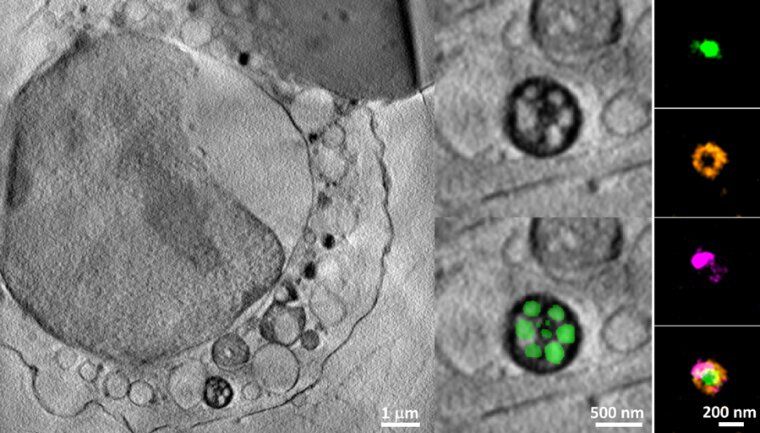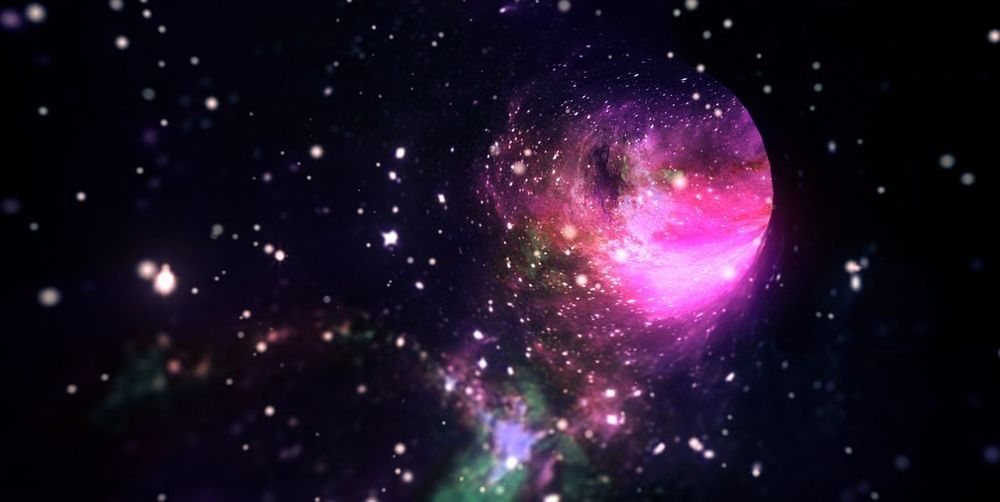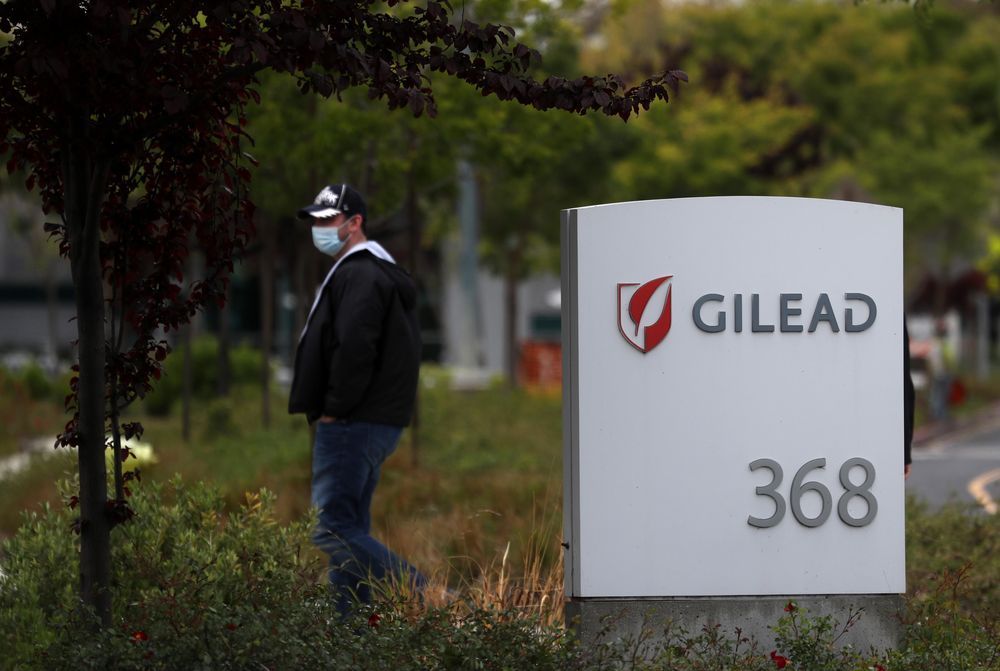WASHINGTON — Planet announced that its next six SkySat satellites will fly to low Earth orbit on SpaceX Starlink missions scheduled later this summer.
The six SkySats will be evenly split across two launches on SpaceX’s Falcon 9, Planet said May 13 in a news release. Planet’s spacecraft will be rideshare payloads on the Starlink launches.
The first three — SkySats 16–18 — will launch on SpaceX’s ninth Starlink mission expected to launch in June. The next three — SkySats 19–21 — will launch later this summer. Both missions will lift off from Cape Canaveral Air Force Station in Florida.






